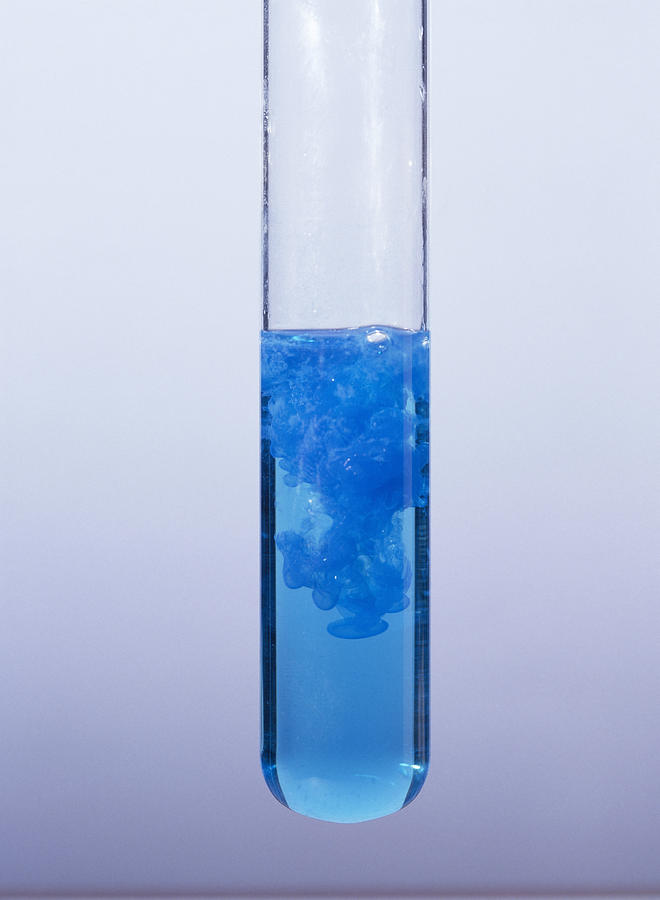What is the net ionic equation for the reaction #"NaOH" + "Cu"("NO"_3)_2 -> "Cu"("OH")_2 + "NaNO"_3#?
I keep rereading what's in my textbook over and over again, but I'm just lost! Could someone please help and explain! Many thanks!
I keep rereading what's in my textbook over and over again, but I'm just lost! Could someone please help and explain! Many thanks!
1 Answer
Explanation:
You're dealing with a double replacement reaction in which two soluble ionic compounds react to form an insoluble solid that precipitates out of the aqueous solution.
In your case, sodium hydroxide,
#"NaOH"_text((aq]) -> "Na"_text((aq])^(+) + "OH"_text((aq])^(-)#
#"Cu"("NO"_3)_text(2(aq]) -> "Cu"_text((aq])^(2+) + 2"NO"_text(3(aq])^(-)#
The reaction will produce copper(II) hydroxide,
The balanced chemical equation for this reaction would look like this
#2"NaOH"_text((aq]) + "Cu"("NO"_3)_text(2(aq]) -> "Cu"("OH")_text(2(s]) darr + 2"NaNO"_text(3(aq])#
Now, notice that you need
To get the complete ionic equation, rewrite the soluble ionic compounds as cations and anions
#2 xx overbrace(("Na"_text((aq])^(+) + "OH"_text((aq])^(-)))^(color(purple)("NaOH")) + overbrace(("Cu"_text((aq])^(2+) + 2"NO"_text(3(aq])^(-)))^(color(red)("Cu"("NO"_3)_2)) -> "Cu"("OH")_text(2(s])# #darr# #+ 2 xx underbrace(("Na"_text((aq])^(+) + "NO"_text(3(aq])^(-)))_color(blue)("NaNO"_3)#
This is equivalent to
#2"Na"_text((aq])^(+) + 2"OH"_text((aq])^(-) + "Cu"_text((aq])^(2+) + 2"NO"_text(3(aq])^(-) -> "Cu"("OH")_text(2(s]) darr + 2"Na"_text((aq])^(+) + 2"NO"_text(3(aq])^(-)#
Now, in order to get the net ionic equation, you must eliminate spectator ions, i.e. ions that are present on both sides of the equation
In this case, you would have
#color(red)(cancel(color(black)(2"Na"_text((aq])^(+)))) + 2"OH"_text((aq])^(-) + "Cu"_text((aq])^(2+) + color(red)(cancel(color(black)(2"NO"_text(3(aq])^(-)))) -> "Cu"("OH")_text(2(s]) darr + color(red)(cancel(color(black)(2"Na"_text((aq])^(+)))) + color(red)(cancel(color(black)(2"NO"_text(3(aq])^(-))))#
which is equivalent to
#2"OH"_text((aq])^(-) + "Cu"_text((aq])^(2+) -> "Cu"("OH")_text(2(s]) darr#
Copper(II) hydroxide is a blue insoluble solid that precipitates out of solution.


